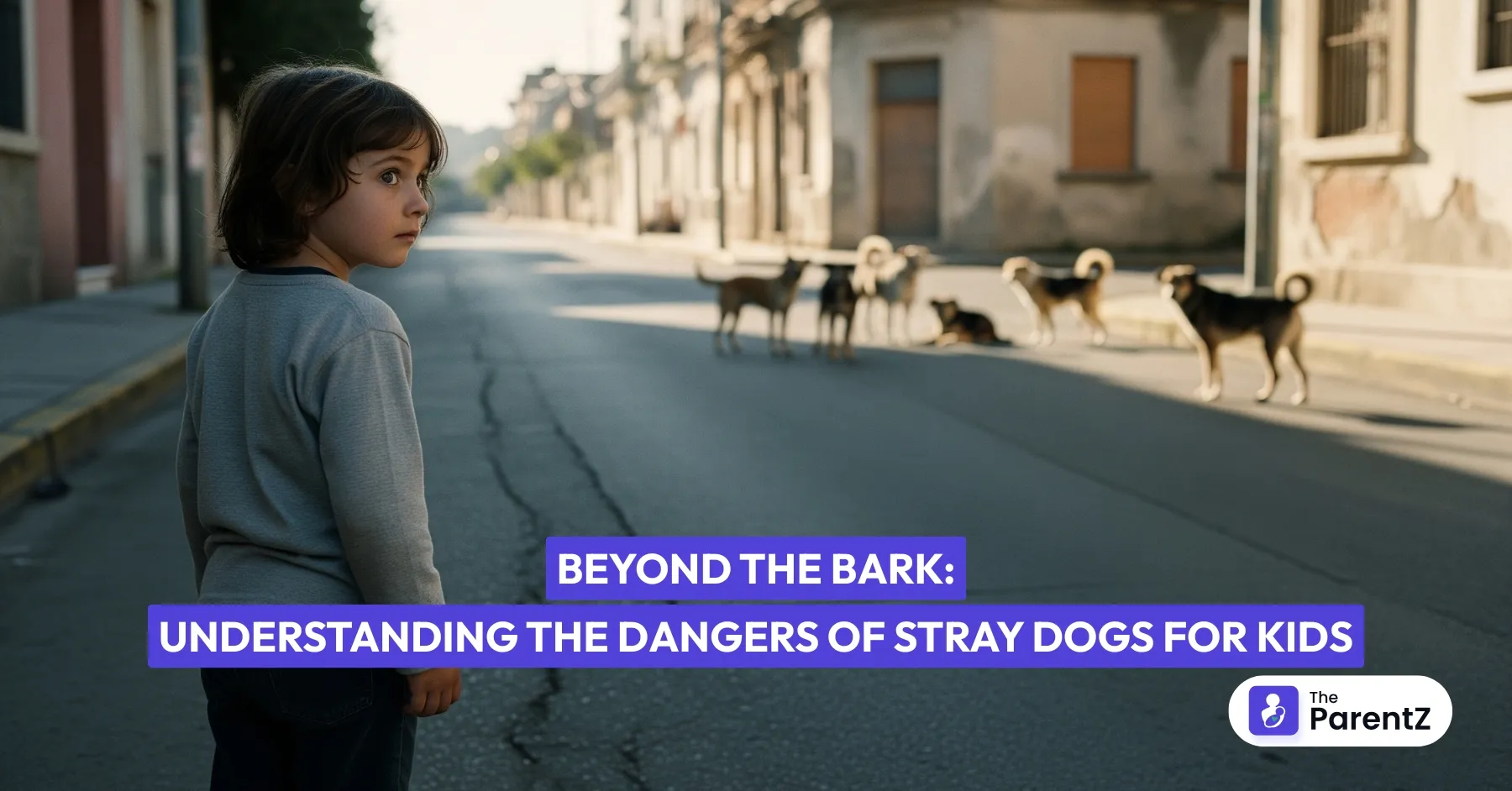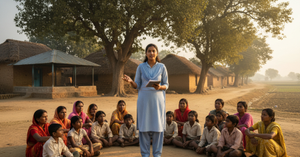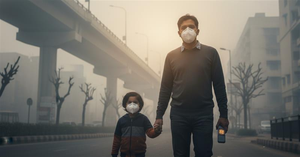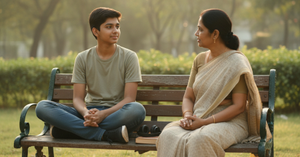Let’s talk about something that’s on every parent’s mind: kids and stray dogs in India. The sight of friendly or not-so-friendly dogs running around our streets, parks, and marketplaces is super common. Sometimes kids want to pet them, sometimes they’re scared, and sometimes adults aren’t sure what to think themselves. But while it’s easy to wave this off as “just part of life,” the dangers involved are real. The point isn’t to spark fear or hate toward all stray dogs—most are scared, hungry, and surviving as best they can. However, we need to be careful and prepared, especially as parents.
The Stark Reality Behind the Numbers
Take a deep breath—these numbers will surprise you. In 2024, there were over 37 lakh reported dog bite cases in India. That means about 10,000 bites every single day. Post-COVID, these numbers have shot up: Maharashtra alone saw over 13 lakh cases between 2022 and 2024; Tamil Nadu, 12.9 lakh; Gujarat, 8.4 lakh. And children under 15 make up a huge chunk of victims.
Rabies, spread through dog bites, is deadly if untreated. While official records say only 21 people died of rabies in 2022, the World Health Organization estimates the real number is around 18,000–20,000 deaths each year—more than a third of the world’s total rabies deaths. Most are children. Too many cases go unreported, misunderstood, or treated too late.
Why Are Stray Dogs Dangerous for Kids?
1. Risk of Rabies and Infection
Rabies isn’t the only danger. Stray dogs—especially unvaccinated ones—can carry over 60 diseases that spread to people. If bitten or scratched, children can end up in hospitals with severe infections. Rabies is 100% preventable, but only if treatment starts fast. Many parents don’t know what to do or where to go, especially in rural areas.
2. Aggressive Behavior and Territoriality
Every city has its ‘good’ and ‘bad’ stray dogs. Some are used to people and just want food or company. Others, especially those with little human contact or who’ve had bad experiences with people, can be very defensive. Dogs get territorial—defending their spot, food, or babies—even if you mean them no harm. Children, being curious and less cautious, often approach without realizing the risk.
Dogs often see running, shouting, or sudden moves as threats and may attack. Packs are even riskier. A group of strays is more likely to chase, bark, or bite, especially if they feel surrounded or scared.
3. Environmental and Public Health Concerns
With over 20 lakh stray dogs in Uttar Pradesh, over 17 lakh in Odisha, and other states not far behind, the problems compound. Apart from bites and infection, stray dogs contribute to sanitation issues—uncontrolled poop and pee, garbage spread, and parasites. Kids playing outside risk picking up more than just dirt. Stray animals, overpopulated and fighting for resources, are more likely to carry diseases or get aggressive.
4. Unintended Consequences of Feeding Strays
Many well-meaning people feed or pet strays outside homes. While feeding can help animals survive, it also makes dogs adopt territories—turning aggressive to “protect” food sources or the person feeding them. This makes children, especially unfamiliar ones, more vulnerable in areas where dogs are regularly fed by others.
5. Gaps in Infrastructure and Shelter
Cities like Delhi, Gurgaon, Noida, and Ghaziabad have tens of thousands of strays but barely any shelters. Even where sterilisation and vaccination programs run, most dogs return to the street—there just isn’t enough infrastructure to keep them in shelters. With more dogs on the street, the risk for kids only rises.
Why Children Are Especially Vulnerable
Children are naturally curious and less aware of danger. They may not recognize warning signs like growling, baring teeth, or stiff body posture in dogs. Their smaller size means a dog bite can cause more serious injury compared to an adult. Also, children often play outside without close supervision, increasing their risk of encountering stray dogs.
Kids sometimes try to pet or feed a dog without permission or proper guidance, which can unexpectedly provoke a defensive reaction from a frightened or territorial animal. This lack of awareness makes children an easy target for accidental or defensive attacks.
The Emotional Impact on Kids
The danger is not just physical. If a child is chased or bitten, it can cause lasting fear and anxiety about dogs. This fear can limit outdoor play or socializing, impacting a child’s happiness and development.
That’s why teaching children how to safely recognize and behave around dogs is just as important as shielding them from harm.
What Parents Can Do: Practical Safety Tips
It’s important to strike a balance to protect your child without making them fearful or hateful of dogs:
- Teach calm behavior: Running or shouting can provoke dogs to chase or bite. Kids should stand still and avoid eye contact if a dog approaches.
- Avoid packs: Multiple dogs are unpredictable and more likely to attack.
- No petting or feeding: Even if a dog seems friendly, it’s safest to stay hands-off, especially for strays.
- Recognize warnings: Barking or growling means it’s best to keep a distance.
- Slow movements: If chased, slow down or stop rather than provoking faster chasing.
- Use shields: If attacked, use a bag or stick to keep dogs away.
- If knocked down: Curl up protecting the head and remain still till the dogs lose interest.
- Seek prompt medical help: After any bite or scratch, clean the wound and get medical treatment immediately, including rabies post-exposure prophylaxis.
Conclusion
Stray dogs are part of India’s urban life, but that doesn’t mean risks should be ignored. By understanding the real dangers and teaching children smart, calm responses, parents can protect their kids without spreading fear or hate. Compassion for animals and caution for our children can coexist.
Let’s help our children grow up safe, informed, and empathetic—able to live “beyond the bark” with respect for dogs and awareness of their risks. With responsible parenting, community support, and strong public policies, India can move toward a safer reality where kids can play freely without fear.








Be the first one to comment on this story.